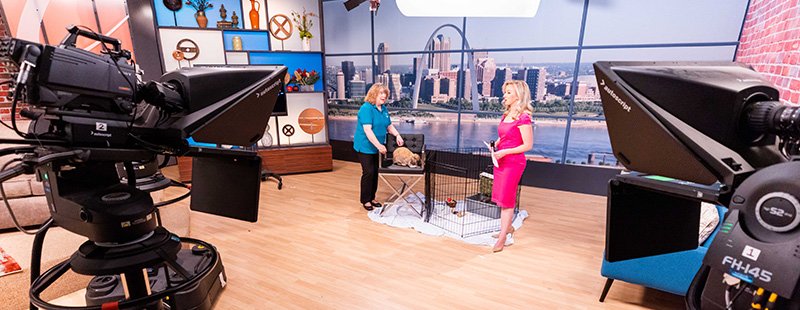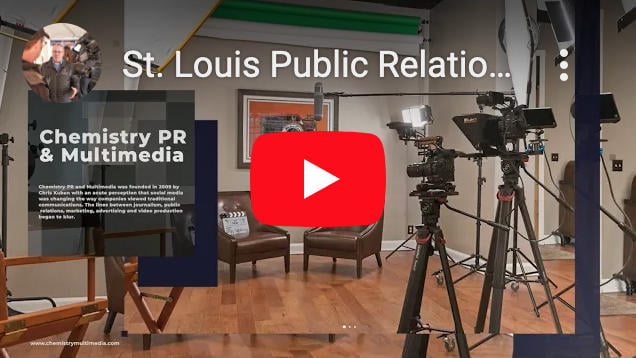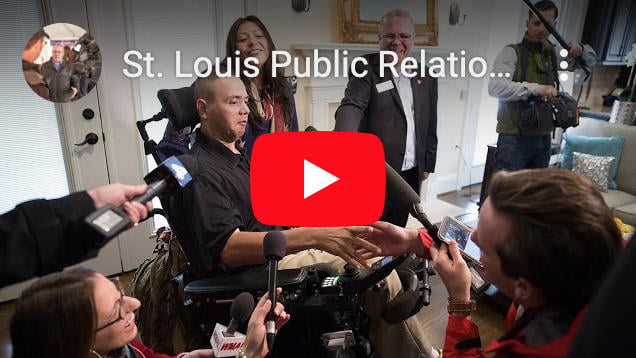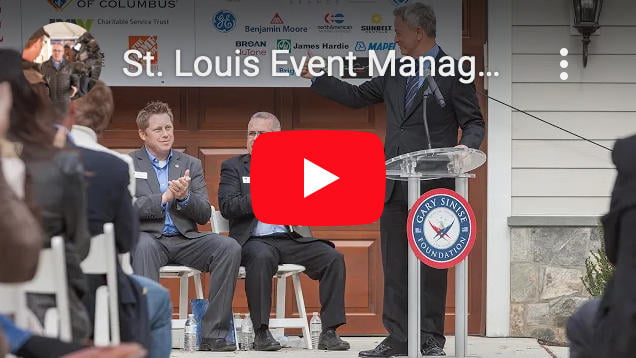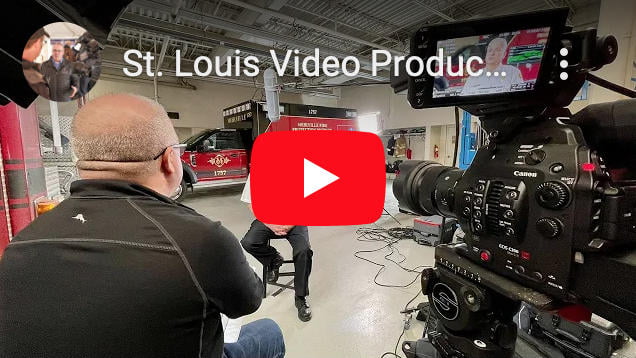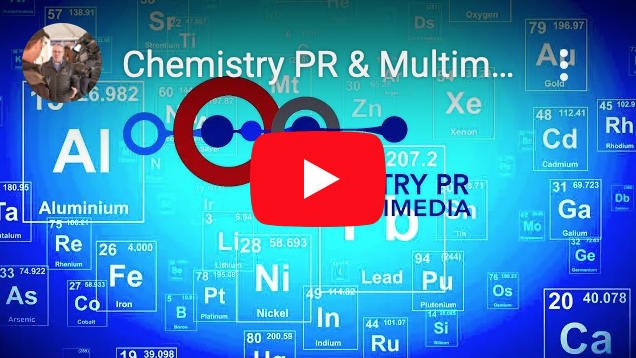Types of Media Interviews
By understanding the types of media interviews before you commit to one, you can help build trust with specific audiences, as well as develop your personal brand. Achieving both these goals can have a tremendously positive impact for personally and professionally.
If you are new to media relations or just interested in finding ways to share your expertise publicly, it is helpful to become familiar with the various types of interviews that can be conducted. The examples here are similar in that they all involve a reporter and a host or moderator asking questions and, of course, you- the interviewee who will provide the answers. There are differences that be understood so you know what you are getting into.
The examples here also assume a level of professional courtesy. They are not part of a crisis response. These are the types of interview opportunities that allow for a demonstration of expertise and help build credibility within your field. You might want to read one of our previous blogs on the Importance of Media Interviews before you move to the next topics…
Traditional Media Interviews
Newspaper interviews – The length of a newspaper interviews often vary depending on the type and nature of the story. They can last from a few minutes to several hours. The depth of the story and expected length of the resulting article can determine how long the interview will take.
TV News interviews – Interviews for television news are typically recorded and then broadcast later. They typically involve a reporter and a camera crew (though sometimes they are one and the same person). Questions are answered on camera, and then footage is edited to include one or two sound bites and b-roll to illustrate or add context to a story that will air as part of a newscast at a later time.
Occasionally a TV interview will be live. One might be invited to the news studio to appear for a few minutes during a newscast. In this case one of the anchors, rather than a reporter, will ask the questions. Talking points are typically discussed and agreed upon ahead of time, minimizing the risk of awkward moments in a live environment.
In the past, live interviews often consisted of a camera crew dispatched off-site. The ‘magic of TV’ allowed for the use of microphones and earpieces to let the interviewee converse with anchors back at the studio. But today, teleconferencing and the popularity of online tools like Zoom allows all parties to speak face-to-face without the need for cameras and crews.
Series – These interviews are often longer in format, but they will make up multi-part stories to be broadcast over several days. Often, TV newscasts will utilize these during Sweeps Weeks when audiences and ratings are measured. The station will, for example, run a week-long in-depth investigative report or exposé that requires more airtime than the typical TV news story gets. Pieces of the story are broadcast each day leaving the audience eager for the next broadcast and more likely to tune in again.
Talk shows – On television talk shows interviews are usually recorded, sometimes in front of a live audience, for broadcast on a later date. In some cases, shows are live and give viewers the chance to call in to ask their own questions, a format that is more common in radio.
Documentary interviews – These interviews are usually recorded and edited so that pieces of interviews from several people weave together to tell a complete story over a longer period of time. The interview will be recorded in one setting, but soundbites will be clipped and interspersed throughout the finished product when something said helps illustrate a part of the story as the narrative unfolds.
Radio news interviews – These are usually short – lasting just few minutes. Radio time is expensive and can be scarce. Because of this and the fact that no visuals are required, the interviews tend to take place on the phone. Usually, they are pre-recorded, and the story will use just a soundbite.
Radio documentaries – Like video documentaries, these interviews are lengthier, and the results are longer sound clips used to tell a more complete story. Good examples of these include feature-length stories that NPR runs.
Radio talk shows – As mentioned above, these are typically live programs and often an opportunity for listeners to call, email or message via social media questions and comments during the airtime.
 Newer Digital Media
Newer Digital Media
Digital and social media have provided additional opportunities for interviews that are modern iterations of the traditional models.
Podcast Interviews – Similar to a radio interview, podcasts typically have a talk show format and last anywhere from a few minutes to an hour or more. The host will record a talk with a guest, then the recording is edited and uploaded to the internet for audiences to hear from any device.
Facebook Live Interviews – Facebook Live videos occur live but can also be replayed in the app. Some are short and spontaneous, while others are long and function more like a webinar. The length and nature of the video depends on the person or brand using it and what their goals are. Many coaches and consultants use the longer form and invite guest speakers to join them so they can demonstrate their expertise and credibility and entice clients to to call on them for their services.
Influencer Content – With the rise of digital media over the last couple decades some new and innovative opportunities for interviews have begun to emerge. Content creators, or influencers, have gained popularity on digital platforms where they build a following. Examples of these platforms include YouTube or TikTok. In some cases, influencers can achieve a level of celebrity that was once afforded only to actors, singers, musicians, and others in the entertainment industry.
Currently, TikTok is dominating short form content and the youth market. Originally known for being the app where kids show off their dances, more marketing departments are finding their way to the platform as they attempt to reach out to younger audiences. But even more serious news sites are embracing it as a way to reach younger audiences and those who don’t listen to radio anymore, as this article about Boston’s public radio demonstrates.
For live conversations in the digital space, Clubhouse has recently come on the scene. Developed after the rise in more video-driven platforms like Facebook Live and YouTube, Clubhouse focuses on the conversation rather than on appearances. “Rooms” are hosted by individuals or small groups, and the exact topic and format of the conversation varies depending on the room you’re in. Like podcasts, the room hosts often invite guest speakers/moderators who have expertise related to the topic or theme of the room.
If You Appear. . .
If you agree to a media appearance, make sure you understand what type of interview it will be and how the footage will be used so you can prepare well. Remember that the lines between traditional and digital media are blurred these days. A radio interview that was live can easily be recorded and uploaded to a station website like a podcast, and clips from television interviews show up readily on YouTube or Facebook. Remember that the principles of good interviewing will remain true across mediums and platforms. Keeping that in mind ensures you will be prepared for whatever opportunities come your way.
If you liked this blog, you might be interested in our series of blogs tilted CEO Media Interview Mistake #1, CEO Media Interview Mistake #2, CEO Media Interview Mistake #3 or Nail the Interview!
 Chris Kuban started Chemistry PR and Multimedia with a vision to effectively formulate corporate and non-profit brands across the country. He is an expert in Media Relations, Event Management and video production. Working with a team of local and national suppliers, vendors, employees, and consultants has allowed him to coordinate more than 246 national events that help deliver the ROI his clients seek. Follow him on Twitter or connect with him on LinkedIn. Chris is proud that his firm is ranked one of the Best St. Louis Public Relations Firms in the region.
Chris Kuban started Chemistry PR and Multimedia with a vision to effectively formulate corporate and non-profit brands across the country. He is an expert in Media Relations, Event Management and video production. Working with a team of local and national suppliers, vendors, employees, and consultants has allowed him to coordinate more than 246 national events that help deliver the ROI his clients seek. Follow him on Twitter or connect with him on LinkedIn. Chris is proud that his firm is ranked one of the Best St. Louis Public Relations Firms in the region.

